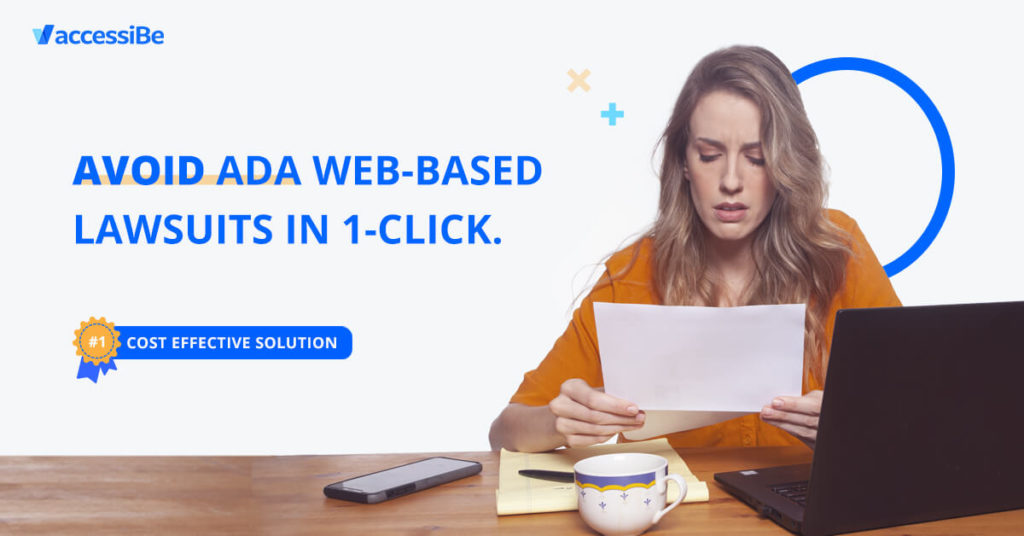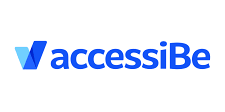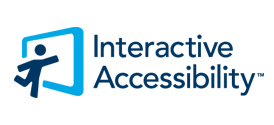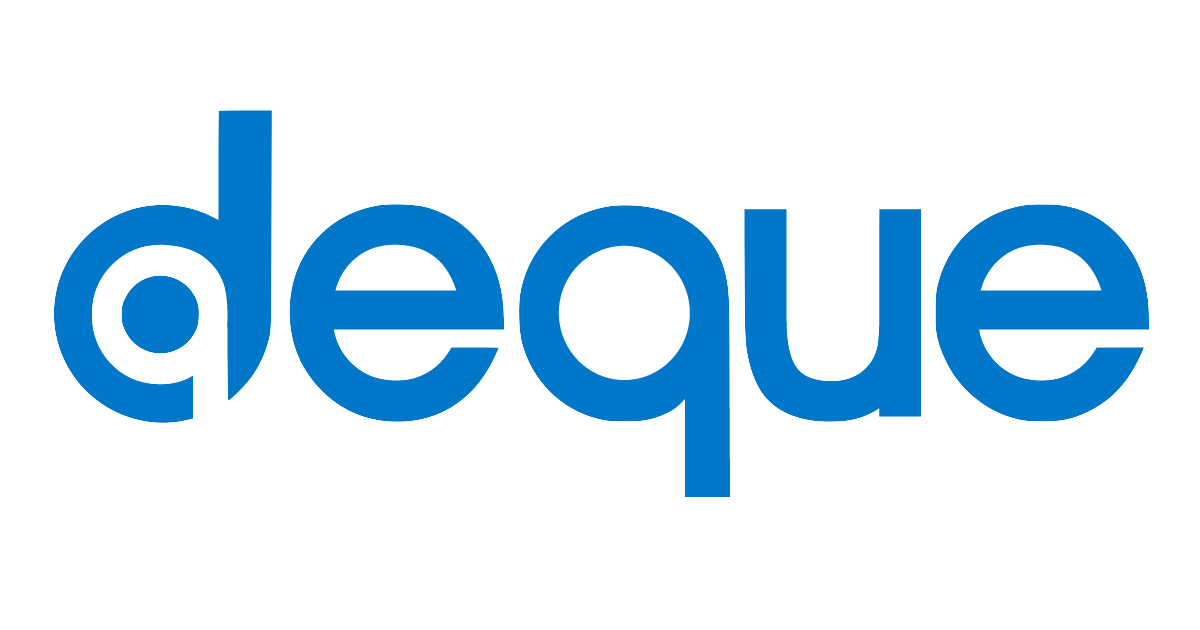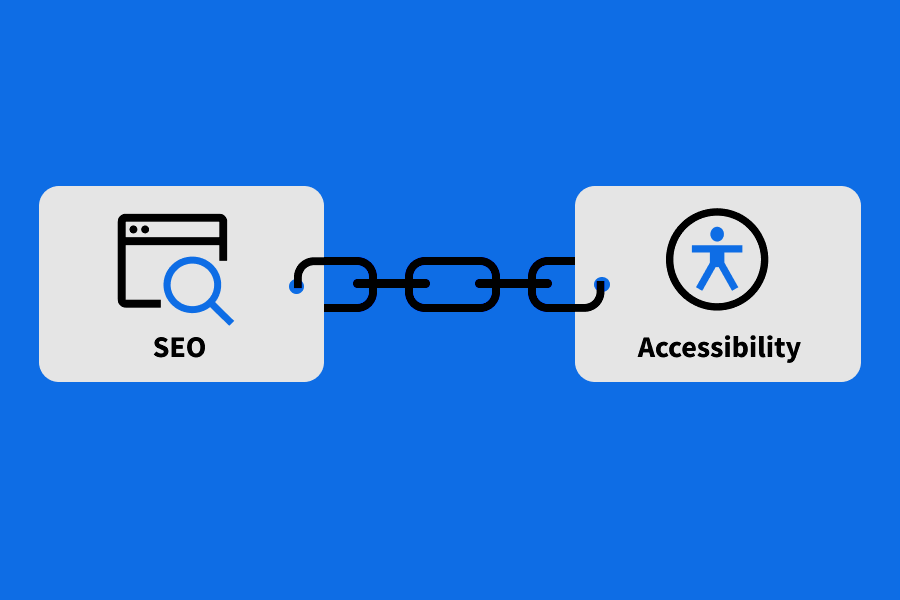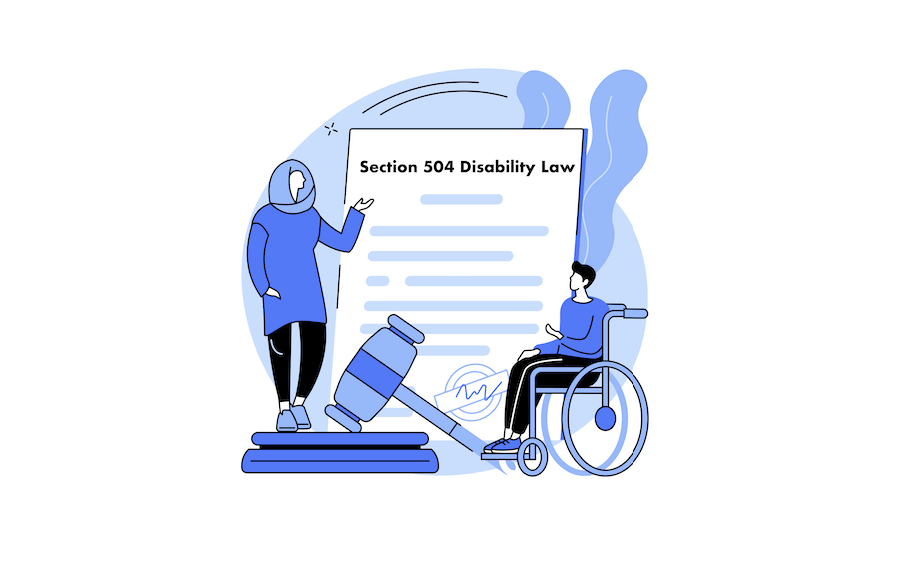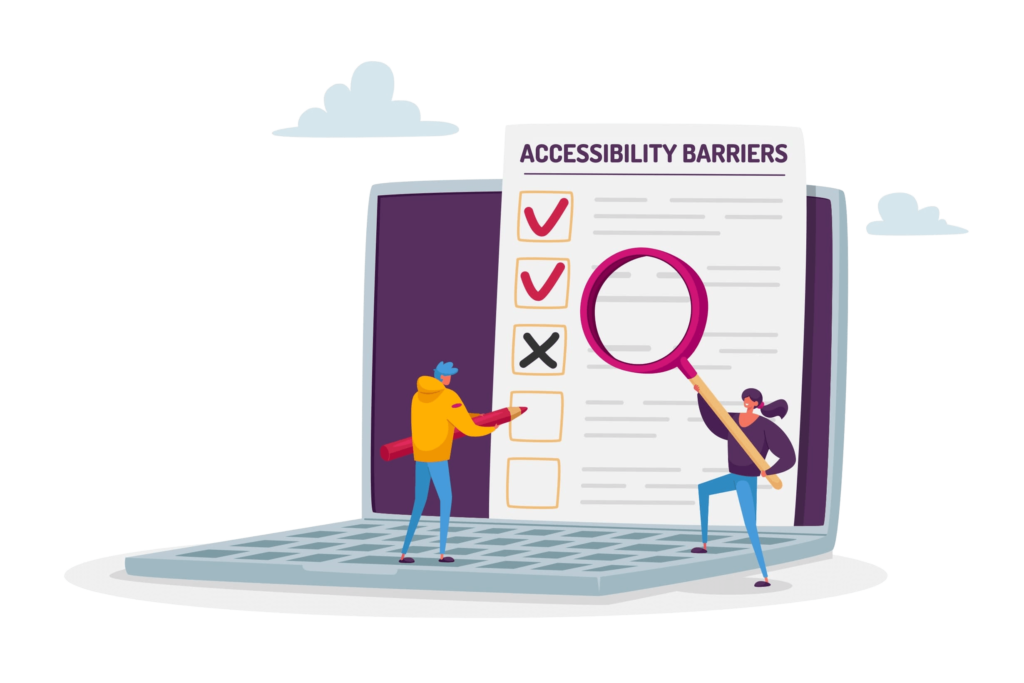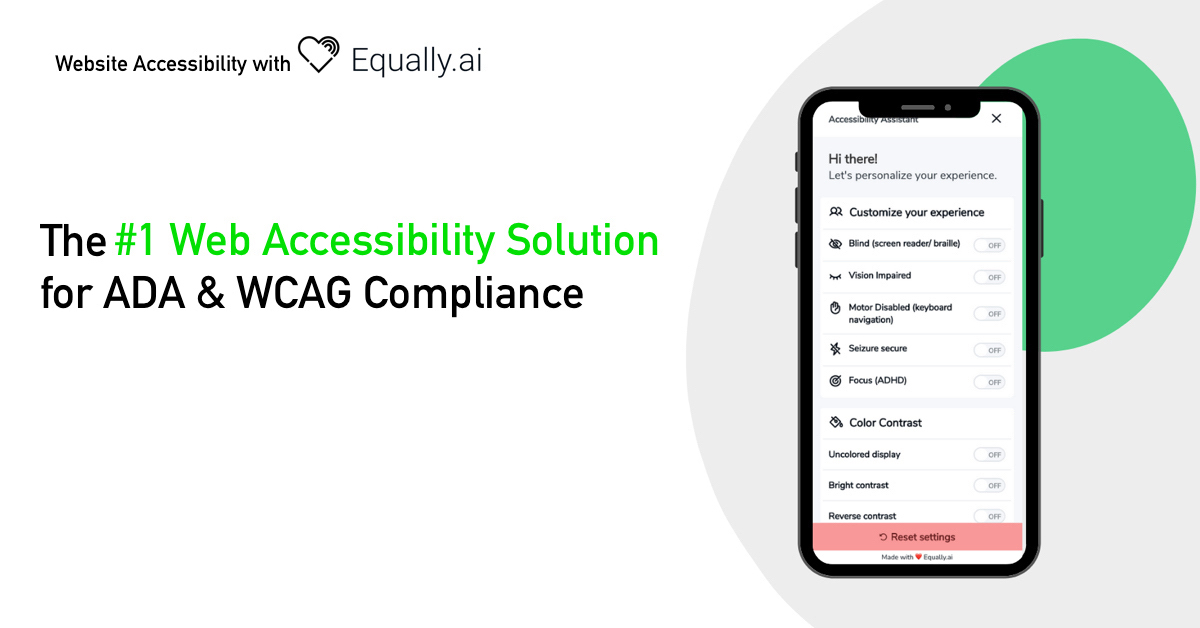
History of the Rehabilitation Act
The background summary for the enactment of the Rehabilitation Act of 1973 as amended was to put a stop to discrimination based on disability in programs conducted by federal agencies on federal employment. The known enactment section of the Rehabilitation Act of 1973 made it to replace the vocational rehabilitation act—a national scheme aimed at improving the chances of employability of gifted disabled individuals.
The criterion for employment under the rehab Act bears similarity with the provision of title I of ADA where the protection of qualified individuals with disabilities is guaranteed. Under the Act a person with a disability is a person who has mental or physical limitations, that are capable of limiting him/her to one or more life activities. “Qualified” relatively means such person satisfies the employment requirements of the position he or she holds or applying for and can perform its essential functions, with or without reasonable accommodation.
Section 508 of the Rehabilitation Act
Whereas, Section 508 of the Rehabilitation Act specifically deals with information technology. It directs that federal agencies’ electronic and information technology developed, produced, procured, maintained, or used to be accessible to people with disabilities, either as members of the public or employees. While section 508 only applies to federal agencies, private recruiters had subscribed to its standards to ensure easy access to their technology infrastructures. Therefore, its provision could affect contractors and partners of these agencies.
Accessibility of information technology enables different possible ways of approach and is not restricted to one ability of the user. A user with a visual defect must be able to use a responsive system not only installed for the blind, and persons with audio impairment must not be confined to a system that provides output to deaf users.
This is because section 508 of the Rehabilitation Act requires that persons with disabilities, who are members of the public and seeking information or services from a federal agency, must have access to and can make use of information and data that is comparable to that provided to people without a disability unless an undue burden would be imposed on the agency.
Mode of procurement
Electronic and information technology potentially includes any technology that is used in the automatic storage, management, control, procurement, display, transmission, switching, reception or interchange of data or information. This definition is broadening, and it includes all telecommunication devices.
List of all telecommunication devices
- Telephones, mobile devices such as smartphones, laptops, and desktop computers.
- Videos, multimedia, voice-mail systems, and all other digital content.
- Office equipment used routinely among employees;
- Fax machines, copiers, and printers.
- Public daily assistance;
- Technical support call centers
- Emergency support call centers.
Hardware and Software Accessibility
Section 508 of the Rehabilitation Act enforces Federal Agencies to consider providing employees with disabilities usable or adaptive equipment or hardware, causing no hardship in the performance of their duties. We mean equipment like photocopiers, printers and fax machines. However, this does not mandate the federal agency to install such equipment for non-disabled employees.
A computer is not complete without software. Therefore, within the ambit of this provision, the software must relatively be made available for people with a disability, including a worker as a member of the public.
The Ruling Body
The Architectural and Transportation Barriers Compliance Board is otherwise known as Access Board, in consultation with certain other government agencies and private organizations are saddled with the responsibility of ensuring the developing standards or guidelines of Electronic Information and Communication Technology within the provision of Section 508 of the Rehabilitation Act are complied with. The standard was raised to cover Information and Communication Technology, such as World Wide Web Consortium (W3C) and the Web Content Accessibility Guidelines (WCAG 2.0). On January 18 2017, the Board published a final rule that updates the Section 255 guidelines. Also other accessibility standards for information and communication technology in the federal sector covered by Section 508 of the Rehabilitation Act.
Enforcement of section 508 of the Rehabilitation Act of 1973
Where a federal agency procures inconsistent electronic and information technology to the standards developed by the Access board, it then becomes enforceable, as the case may be, through administrative complaints and civil actions by concerned employees and members of the public. By the literal provision of section 505(a)(2) and 505(b), the rights of the parties are not differentiated from the remedies, procedures, and rights available to any disabled individuals in litigation as it applies to the federally conducted program. However, the process that must be followed is to file a complaint under paragraph (1). The agencies receiving the administrative complaint must undertake the due application of complaint procedures established for the implementation of section 504 of the Rehabilitation Act in the resolution of the alleged discrimination.
Here, I believe administrative complaint tends to be more promising in terms of quick action and sanctions and is encouraged because legal action may consume more time and damage the reputation of the agency or private establishment. For clarification, subsection (a)(1) only applies to electronic and information technology procured by a federal department or agency within two years after the date of enactment of the Rehabilitation Act Amendments of 1998.
Requirements for Federal Agencies and Contractors
The nature of section 508 is communicative. Access Board developed the current guidelines or standards for agencies, and the agency must, however, ensure compliance of the standard over electronic and information technology, and the same is made accessible to persons with deformity. In appendix to complying with these standards, section 508 of the Rehabilitation Act mandates several other essential duties on Federal agencies. Which are:
- Federal agencies are required to take into consideration the needs of persons with disabilities when changes are effected.
- Performance of self-evaluation by federal agencies and submission of a report on the same to the department of justice in respect of accessibility of their electronic and information technology.
Revised Section 508 of the Rehabilitation Act Guidelines
- Information and Communication Technology Standard and Guidelines
- Revised Section 508 Standard Transition Guide- summary of transitional changes needed by agencies
- The Guideline Texts
- The conjunction of Section 508 of the Rehabilitation Act and Section 255 of the Communication Act, Guidelines for information and information Technology on Updates
- Functional Performance Criteria and Technical Requirements
Related Enactments
It is essential not to understand section 508 of the Rehabilitation Act in isolation. It must be keenly read in the context of other extant laws and policies addressing discrimination against disability. Like section 508, the Rehabilitation Act has other relevant sections:
- By Sections 501 and 505, federal agencies and contractors are prohibited from discriminating against qualified persons with disabilities.
- Section 503 prohibits employment discrimination based on disabilities by federal agencies, contractors, and subcontractors.
- According to section 504, federal employers are prohibited from discriminating on federal programs and activities and reasonable accommodation for qualified persons with disabilities is required.
Other laws that relatively frowned at discrimination based on disabilities are:
- 1990, the Americans with Disabilities Act (ADA): is a comprehensive civil right law that prohibits discrimination against persons with disabilities in areas of public life including jobs, schools, transportation, and all places that are open to the public. I must point out here that the Americans have amended this Act with Disabilities Amendment Act 2008.
- 2010, the 21st Century Communications and Video Accessibility Act: requires advanced communication services and products to be made accessible to people with disabilities.
- 2002, Assistive Technology Act: creates a state grant program to provide funds for expenses (including travel expenses) and services (including services of readers and personal care assistants) to assist and satisfy the technology-related needs of persons with disabilities who are ineligible for such services through another public agency or entity.
- 1996, Section 255 of the Communication Act: guarantees people with deformities accessibility to telecommunication products and services.
Office Management Budgets Memos
- Office of Federal Procurement Policy 508 Compliance
- January 2013, PDF Strategic Plan for improving management of Section 508 of the Rehabilitation Act (here)
- M-17-06- Policies for Federal Agency Public Website and Digital Services
- M-16-20 Category Management Policy 16-3 – Improvement of the Acquisition and Management of Common Information Technology: Mobile Devices and Services (here)
- M-13-13 – Open Data Policy – Managing Information as an Asset
- July 2010 – OMB Improving the Accessibility of Government Information (here)
- 2011 – Notes from Daniel I. Gordon, Federal Procurement Policy Administrator (here)
- 2010 – OMB Memorandum of the Chief Acquisition Officers and Chief Information Officers (here)
- 2007 – OMB Memorandum of the Chief Acquisition Officers and Chief Information Officers (here)
- 2005 – OMB Memorandum of the Chief Acquisition Officers and Chief Information Officers (here)
- State Policy – States’ legislation requiring electronic and information technology accessibility
- International Harmonization – Other organizational travails around the world are driving toward the guidelines for ensuring ICT accessibility.
- Web Accessibility law and Policies.
On the Final Note
Legally speaking, not all laws are left to prevail without exceptions. Despite the generality of Section 508 of the Rehabilitation Act, it doesn’t go without exception. The exception lies in the information that affects systems of National security. For clarification, undue burden, in some instances, may not avail a federal agency for providing access to information. This is because where access is provided, and it is capable of imposing undue burden, the federal agency must find an alternative way of access for persons with disabilities to using such information. Make sure your website conforms to Section 508 website accessibility requirements and choose one of the solutions to implement full web accessibility updates.
